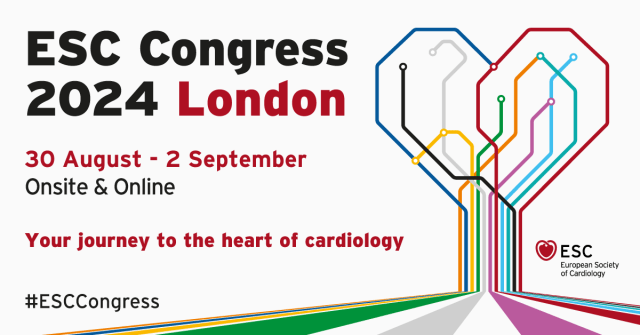The RHEIA trial is the first randomized, women-exclusive international study aimed to assess the safety and efficacy of transcatheter aortic valve implantation (TAVI) compared to surgery in symptomatic women with severe aortic stenosis. It excluded patients with bicuspid aortic valve, non-calcified valve, complex coronary artery disease, or with predictors of complications for TAVI or surgery.

El estudio incluyó a 443 pacientes, aleatorizados 1:1 para recibir TAVI con dispositivos Sapien 3/3U o cirugía con cualquier válvula disponible. El punto final primario fue la incidencia de eventos adversos a un año, incluyendo mortalidad, accidente cerebrovascular (ACV) y rehospitalización.
The study enrolled 443 patients, randomized 1:1 to receive TAVI with Sapien 3/3U devices or surgery with any available valve. The primary endpoint was the incidence of adverse events at one year, including mortality, stroke, and rehospitalization.
The average age of the participants was 73 years, and they were at low risk (STS score 2.2). Between 70-75% of the women had a small aortic annulus (<430 mm²). The primary endpoint showed an event rate of 15.6% in the surgical group versus 8.9% in the TAVI group (hazard ratio [HR] 0.55, 95% confidence interval [CI] 0.34-0.88; Log-rank p=0.03). This showed both non-inferiority and superiority for TAVI in the studied events.
Breaking down the primary endpoint, the TAVI group had lower rates of mortality, stroke, and rehospitalization in particular. In terms of safety, the TAVI group had a higher incidence of vascular complications (3.3% vs. 0.5%; p=0.007) and need for pacemaker (8.8% vs. 2.9%; p=0.001), and a lower rate of atrial fibrillation (-25.5%; p<0.001).
The authors concluded that treatment with the SAPIEN 3 or SAPIEN 3 Ultra devices showed superiority regarding the primary endpoint, with fewer rehospitalizations and less use of inpatient resources compared to surgery.
Presented by Helene Eltchaninoff at the Hot-Line Sessions, ESC Congress 2024, August 30-September 2, London, England.
Subscribe to our weekly newsletter
Get the latest scientific articles on interventional cardiology





